Stirling Range NP, WA
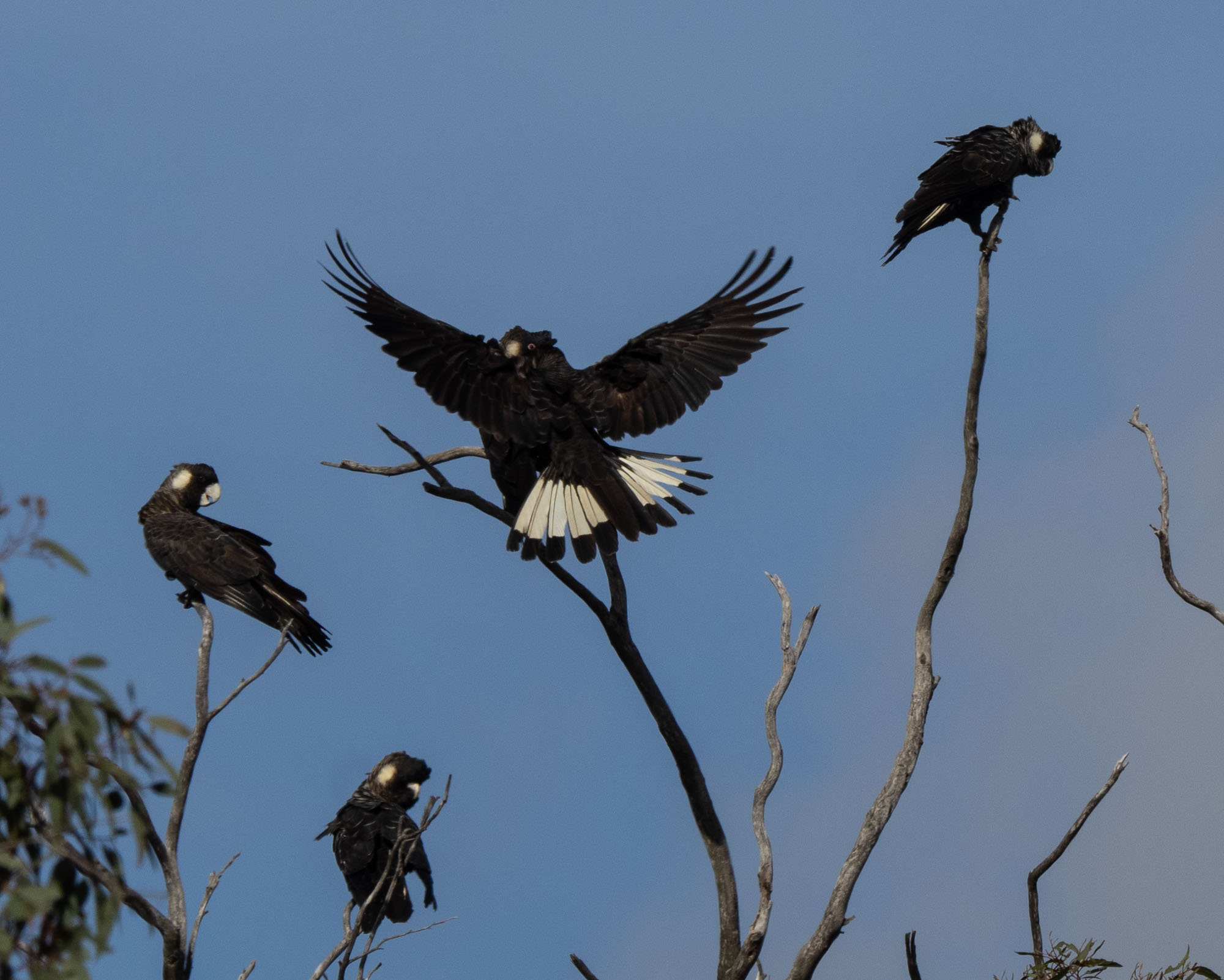
Days 22-25: 26th-29th September
(5064km)
I’ve come up with a snappy little motto for our WA trip - “Birds, Bugs and Botany”.
Our days in WA have to date been dominated by the last B. We’ve been amazed at the diversity, beauty and (for us east coasters) novelty of plant life here.
There has been a limited selection of bugs. It’s still a bit cool for most insects and spiders, although we’re expecting this situation to change quickly over the next week or so.
We have certainly seen many neat birds (including 6 lifers) since crossing the Nullarbor. But to date the birds have taken somewhat of a back seat to the plant life.
The tables were turned, however, in our last destination - Stirling Range National Park. This was an absolute Bird Fest!
The Stirling Range Retreat
Our base was the Stirling Range Retreat. This centre is in a wonderful location, on the edge of the National Park, with sweeping views to the many peaks that make up the Range. An extensive network of trails within the grounds of the Retreat is linked directly to walks within the Park, so you almost feel like you’re staying in the park.
View of part of the Stirling Range. The highest peak, seen in this image, is Bluff Knoll, 1095m.
A closer view of Bluff Knoll - as seen from near the Stirling Range Retreat - showing the mix of mallee and woodland in this part of the park.
It was clear, soon after our arrival, that the Stirling Range Retreat is a mecca for birders.
A number of daggily-dressed, elderly folk could be seen wandering around apparently randomly (but actually searching methodically) with expensive binoculars slung around their necks. Some were also carting around equally expensive camera bodies with long focal length lenses attached. Seen anybody that fits this description?
A large flock of Tree Martins greeted us on arrival, whirling around above our heads, hawking insects, before briefly landing on the ground.
When booking our accommodation, Kerri had asked for a secluded, private site. Not only did the management grant our wish, they gave us the site where the park bird baths are located.
This meant that much of our bird watching was carried out from the comfort of our camping chairs, with a cuppa or beer in hand. Perfect!
We got our first look at several very desirable species in this manner - including Gilbert’s Honeyeater (the western version of the White-naped Honeyeater, recently upgraded to full species status), Elegant Parrot, Western Rosella, Regent Parrot and the western subspecies of the Crested Shrike-tit.
Regent Parrots
Elegant Parrot
Western Rosella
Gilbert’s Honeyeater, with a pair of New Holland Honeyeaters in the background
Having the best bird watching site in the Retreat was a mixed blessing. We enjoyed the company of a string of birders as well as the birds.
So the site turned out to be not so private after all!
Crested Shrike-tit looking a bit tatty after a bath.
Still, we enjoyed chatting with kindred souls and got some tips about other good birding sites at the Retreat - such as the precise location of the tree hollow, which an Australian Owlet Nightjar had made home.
This little fella spends the day holed up inside, coming out to the entrance on occasion to soak up the heat of the sun. Come night time he’s out hunting for moths.
We’ve heard this species on our block back home but have never sighted it before. We’ll be making a thorough check of tree hollows like this one when we return home. You can imagine how easy it would be to overlook it!
Blogging and a Birthday
As this was the first time we’d had internet access and mains power for over a week, we spent a good deal of time getting a backlog of images into order and blogging. So on the first day we pretty much stayed on site at the Retreat.
Then on the second day we did the 90km drive into Albany to celebrate Kerri’s birthday with a nice meal in the upmarket Due South pub - highly recommended!
Birthday Girl with a plate of hummus decorated with South Coast wildflowers (well, they looked like that anyway)
More prosaically, this gave us the chance to buy a new external drive for our image files. Our existing one was operating in fits and starts. Scary stuff!
Fortunately, I have managed to transport all of our image files over to the new drive without any data loss. We plan to buy another of the same drives when we next pass through Albany and to copy all of the image data over to that one as well - there’s a certain comfort in redundancy.
Stirling Range birds summary
Despite the constraints these other activities placed on our birding, we managed to sight a total of 45 different bird species during the 3-4 days we spent at the Stirling Range National Park - including 5 lifers!
Stirling Range is a known hot spot for Parrots/Lorikeets/
Rosellas/Cockatoos. Birders will travel a long way to see a Purple-crowned Lorikeet, an Elegant Parrot or a Regent Parrot. This place was lousy with them. It almost (but not quite) cheapens the experience of seeing beautiful, but hard to find species like this.
Here’s a selection of some of the Stirling Range birds.
A Wander through the Mulga
Before heading off to Albany for Kerri’s birthday celebration, we squeezed in a walk in the mulga/shrubland habitat area of the Stirling Range Park directly opposite the Retreat. The Botany made a comeback here - matching and arguably topping the Birds.
This shouldn’t have surprised us as, according to a Wikipedia entry, the Stirling Range is “one of the richest areas for flora in the world”. Over 1500 plant species occur there, 87 of which are endemic (i.e. occur nowhere else). There are apparently more species of wildflowers there than in the entire British Isles.
Here is a selection of the wildflowers we saw on that two hour ramble - many of them orchids. We’re starting the big job of trying to identify everything we see - a work in progress as you can see.
A Stroll up a Mountain
While our peak bagging days are well behind us, we decided to tackle a climb of one of the many peaks in the Stirling Range Park on our final day there. We chose Mount Trio, rated as a challenging, Grade 4 walk. It involves a 430 metre climb up a steep trail.
I was a bit unsure as to how I’d cope with this, given my dodgy feet. But it all went very well. We even completed the walk within the advised time period of 3 hours.
Almost at the top!
White-breasted Robin - a WA endemic
We heard the strange calls of the Western Whipbird for the first time on this walk and saw the White-breasted Robin at the summit. Tick another lifer!
However, searching for birds with binoculars is incompatible with picking your way up (and down) a steep, winding, rock-strewn trail with walking pole in hand.
So we focussed on the plants.
We’d already noticed a big change in the range of plant species between our last stop in Fitzgerald River NP and the Stirling Range NP. Many of the Fitzgerald River plants were no longer to be seen, while new ones had appeared.
On the Mt Trio climb we were seeing plants we hadn’t seen elsewhere in the Stirling Range Park. And the species changed as we climbed higher.
A palette of the Mt Trio plants…
Another novel sighting on the higher parts of the mountain was what we initially assumed was a different species of grass tree. This one had multiple, short flowering stems protruding out from the head, rather than the familiar, single long flowering spike.
But it turns out that this plant, Kingia australis, is totally unrelated to the grass trees (Xanthorrhoea ssp.). Not even in the same family. The resemblance, while striking, is superficial.
Pretty spectacular views from the summit. A very bumpy landscape - formed when the tectonic plates of Australia and Antarctica slid against each other.
The next day we headed off to our next destination - Cheynes Beach. This is where we hoped to find “The Three Skulkers”. More about that in Kerri’s next blog!
LIFERS at Stirling Range: first-ever sightings of these bird species
White-breasted Robin, Australian Owlet-Nightjar, Western Yellow Robin, Elegant Parrot, Western Rosella





























































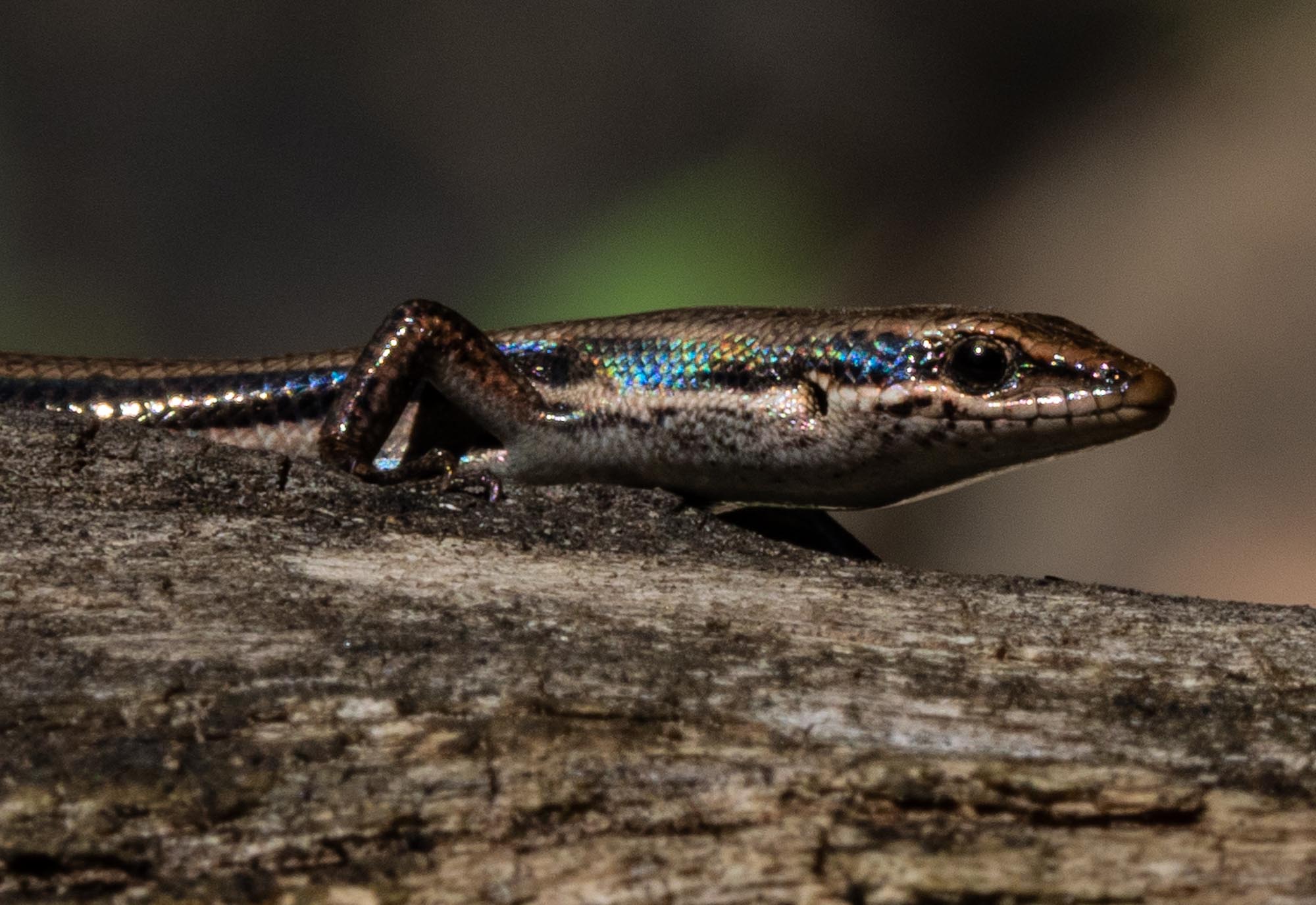
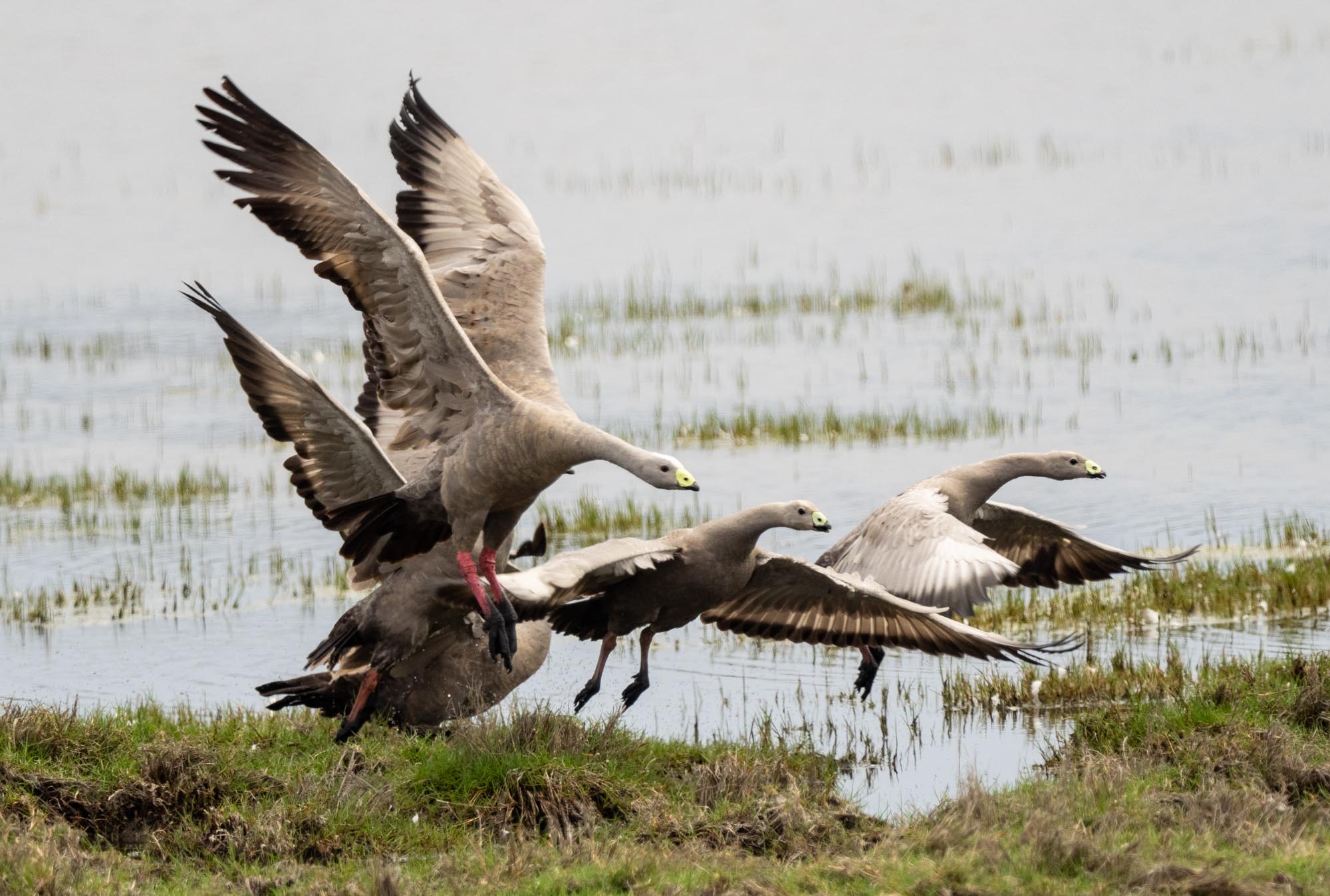
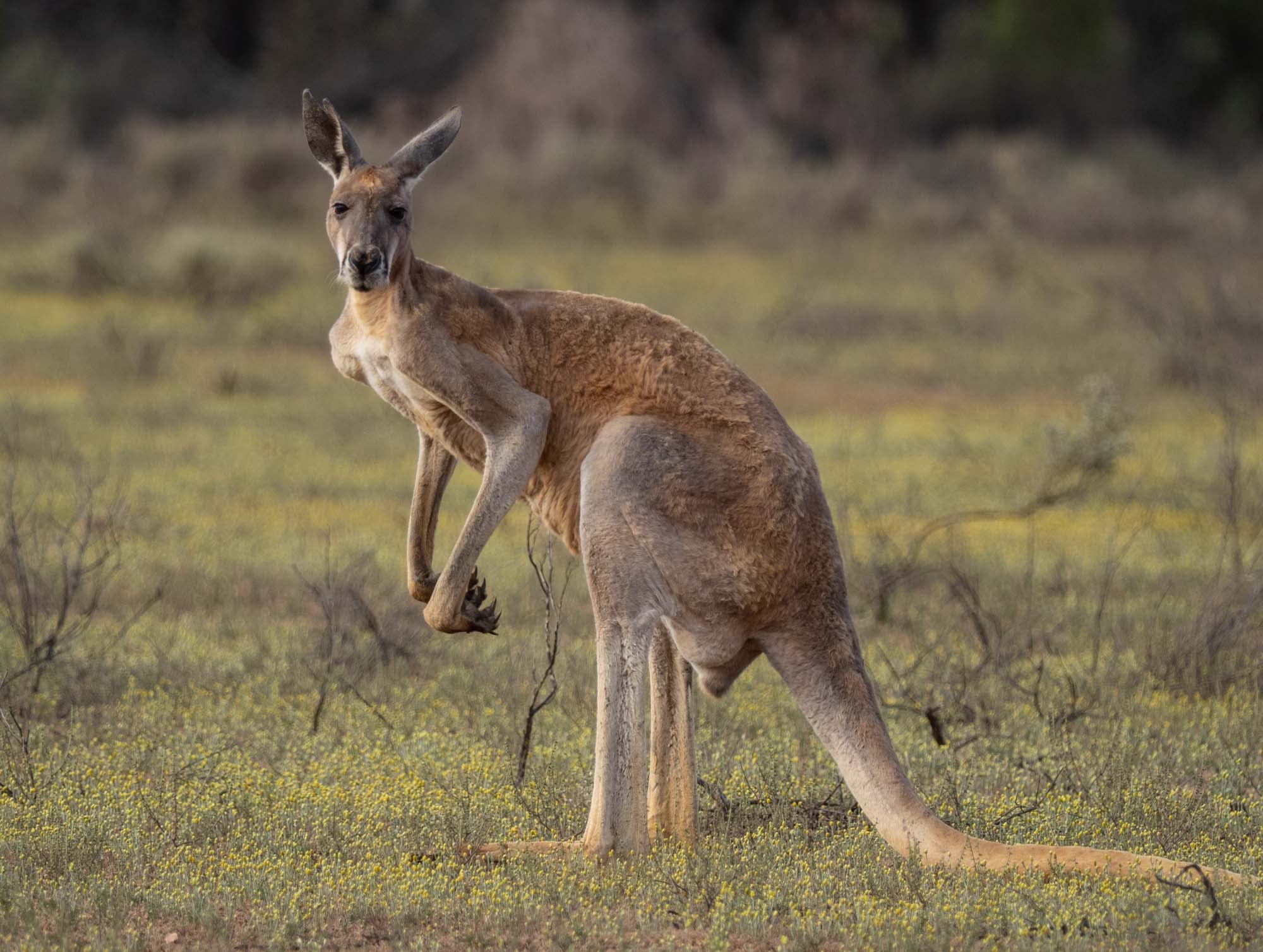


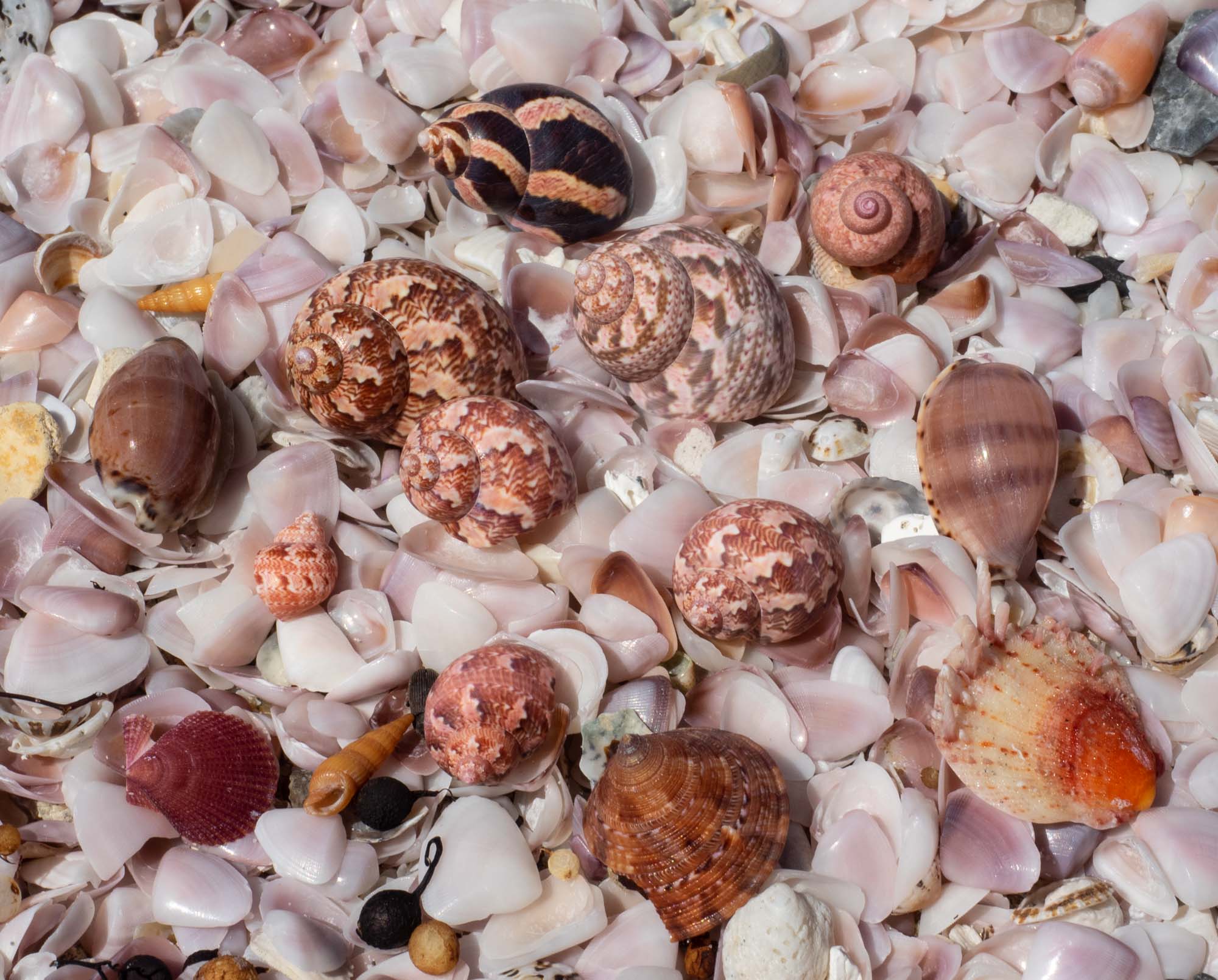
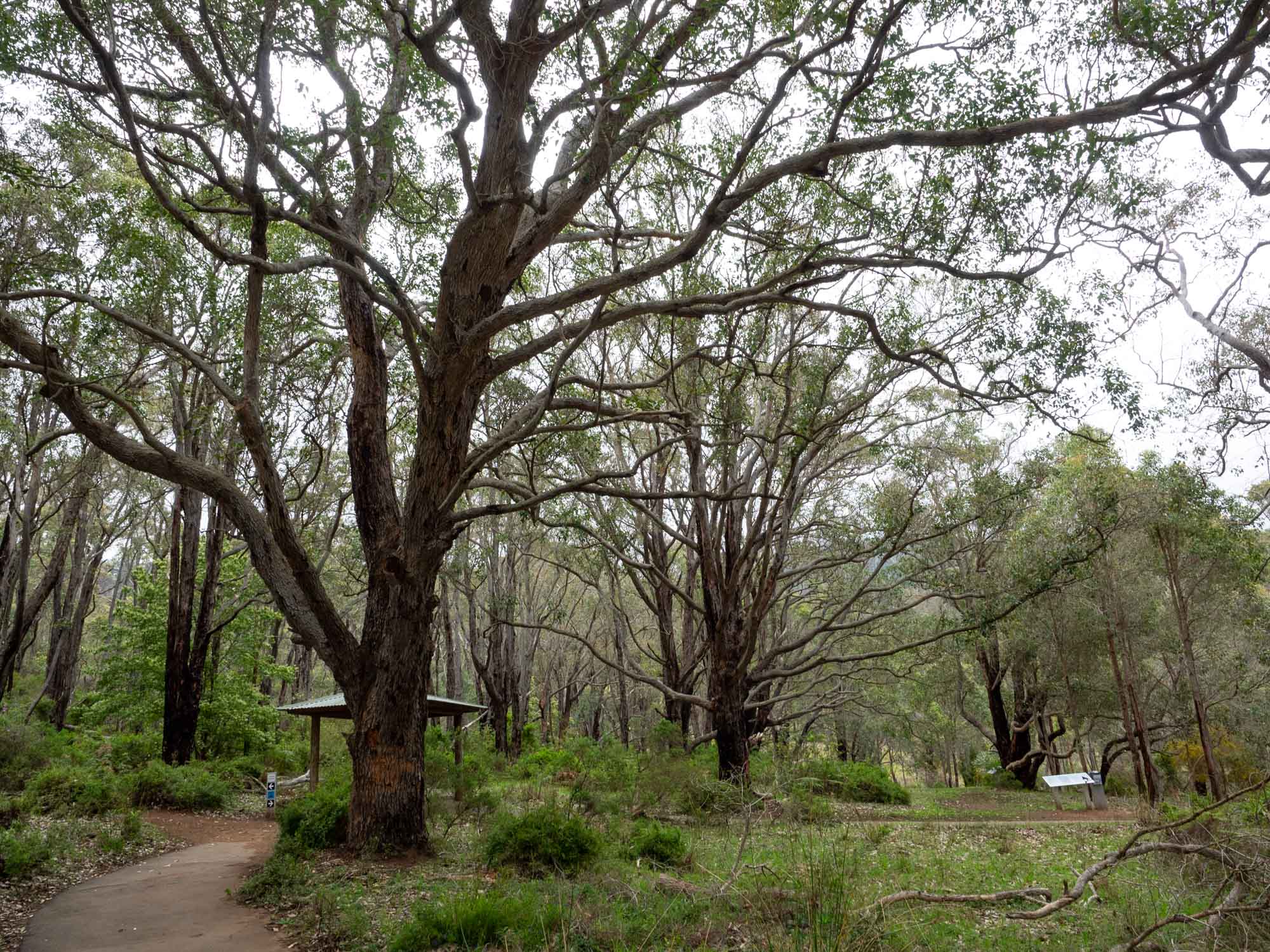
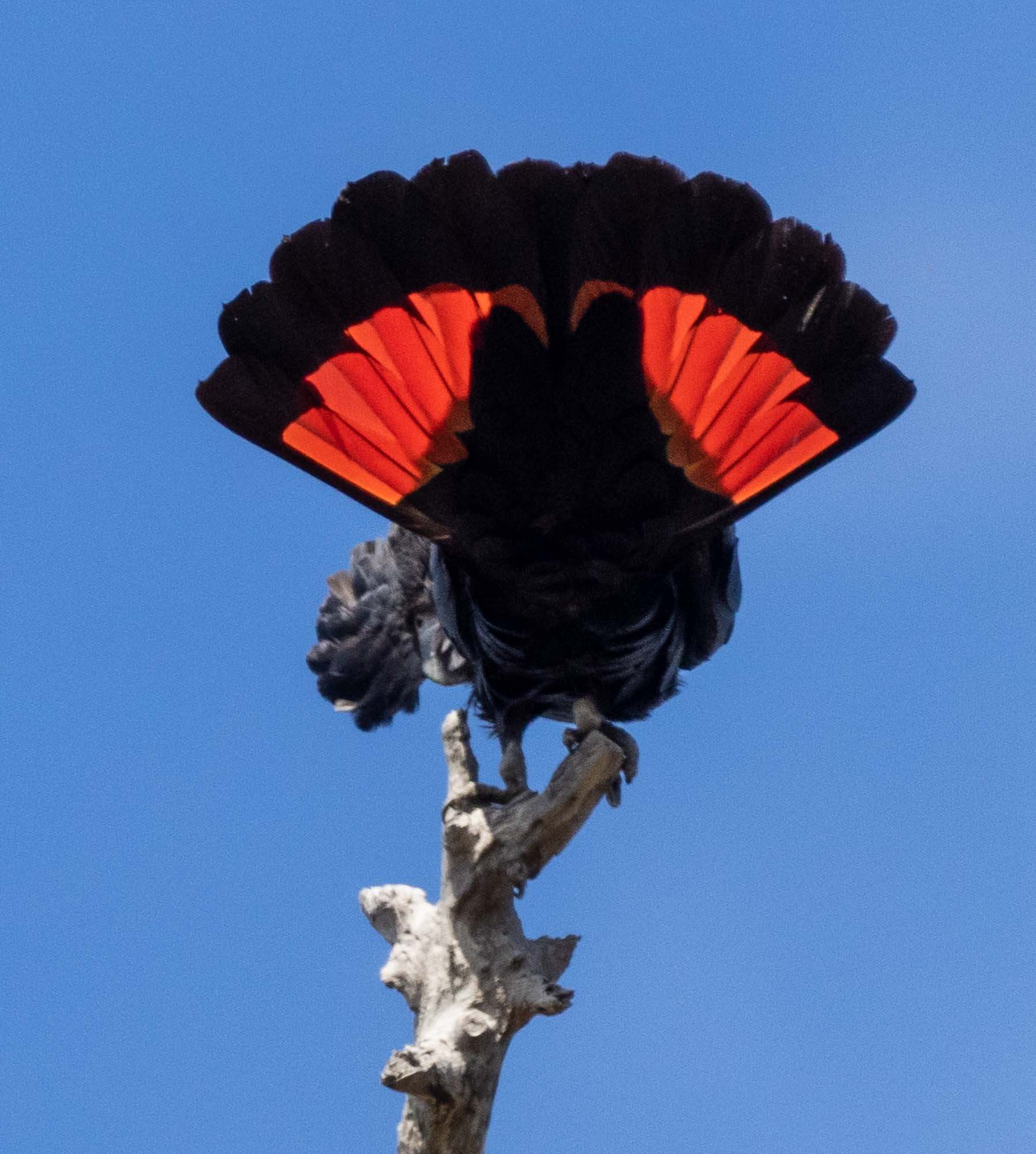

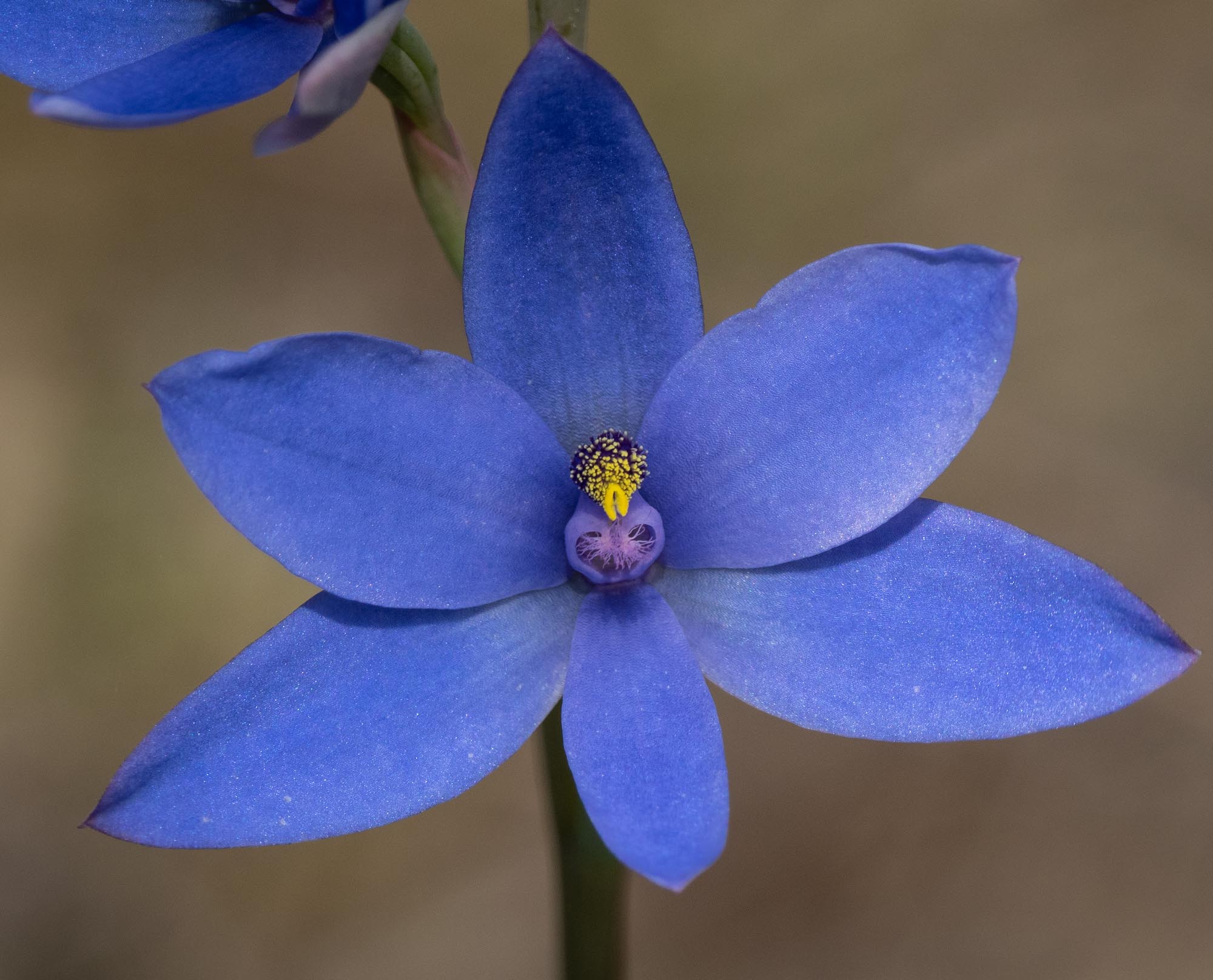
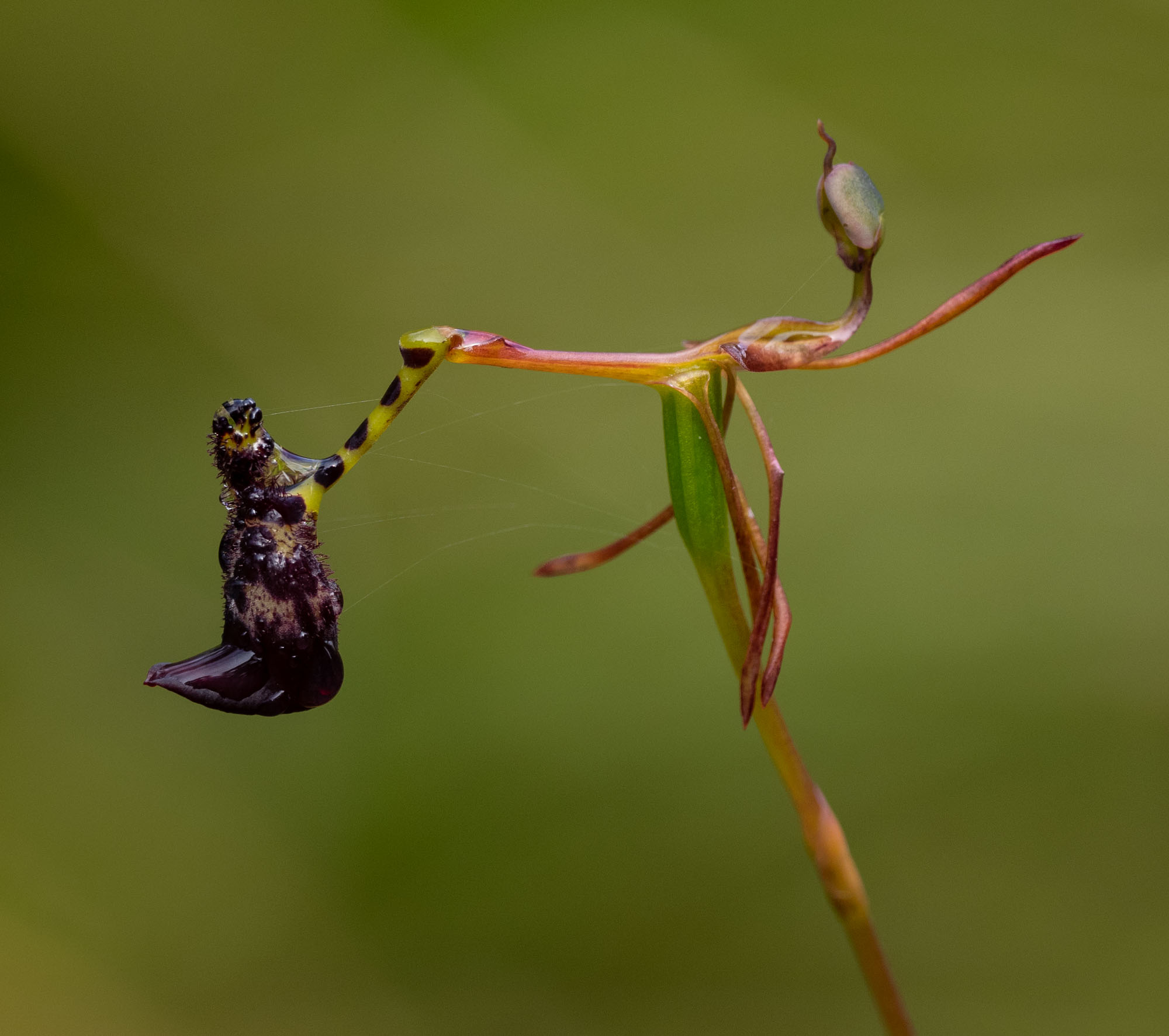
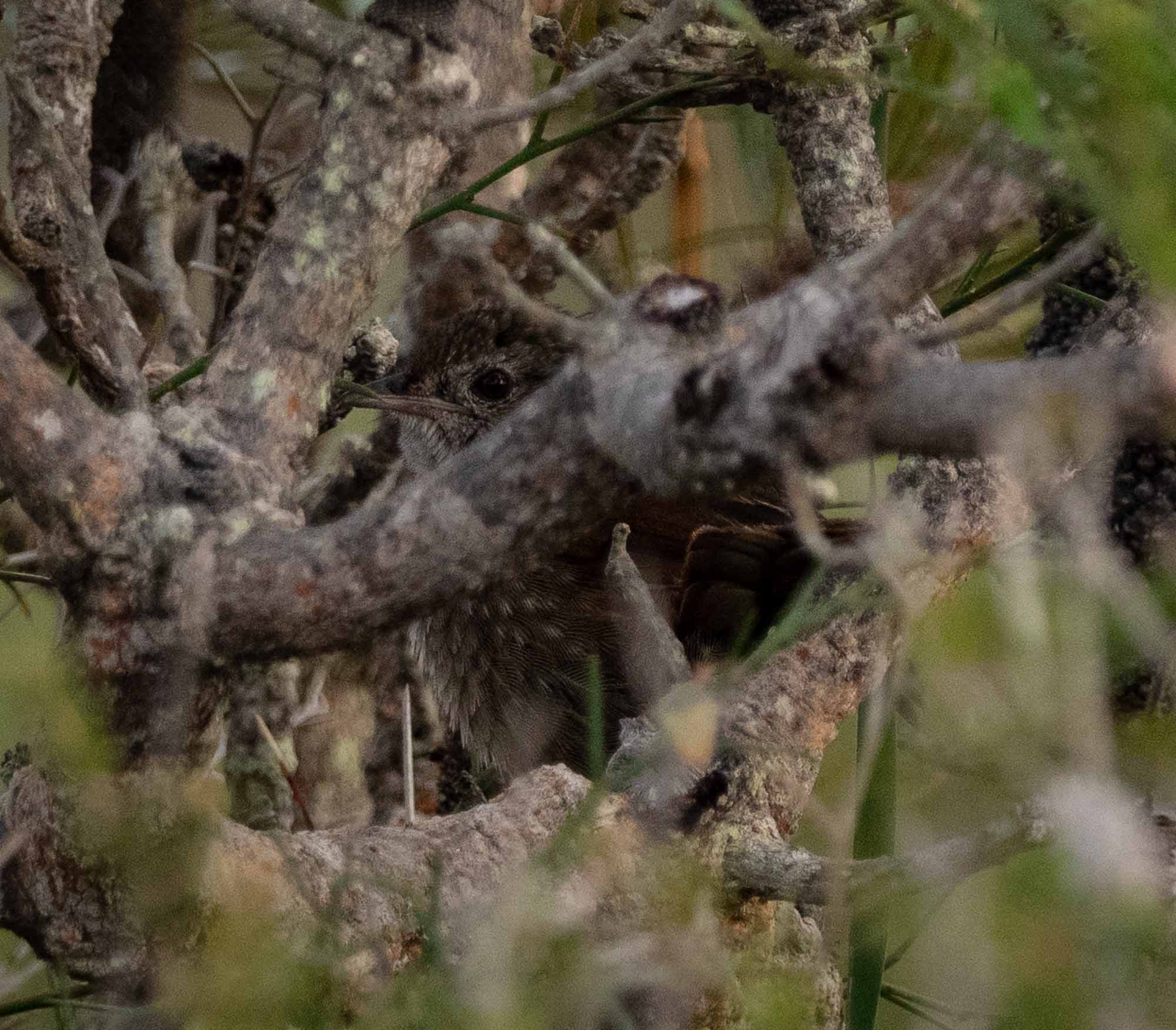


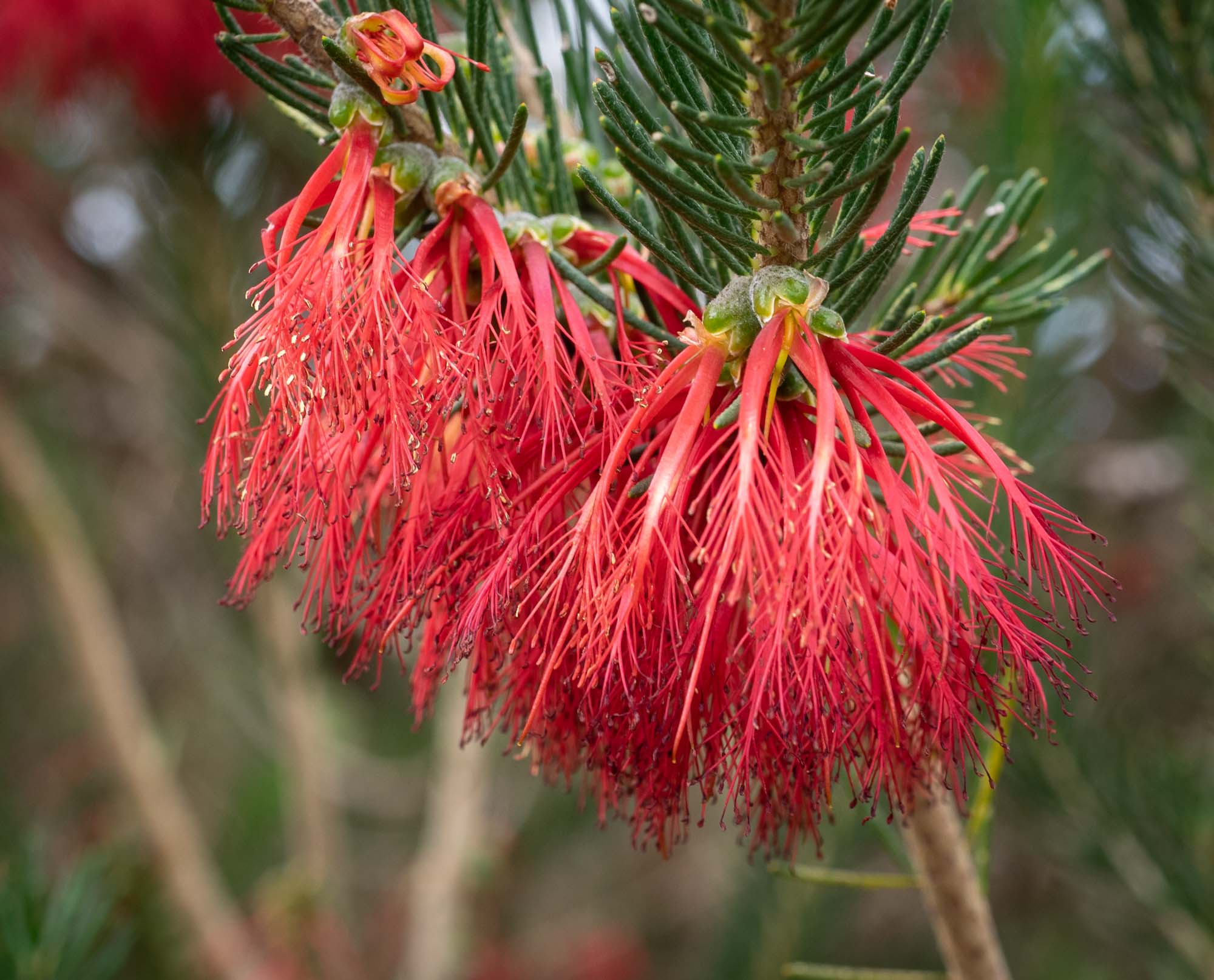

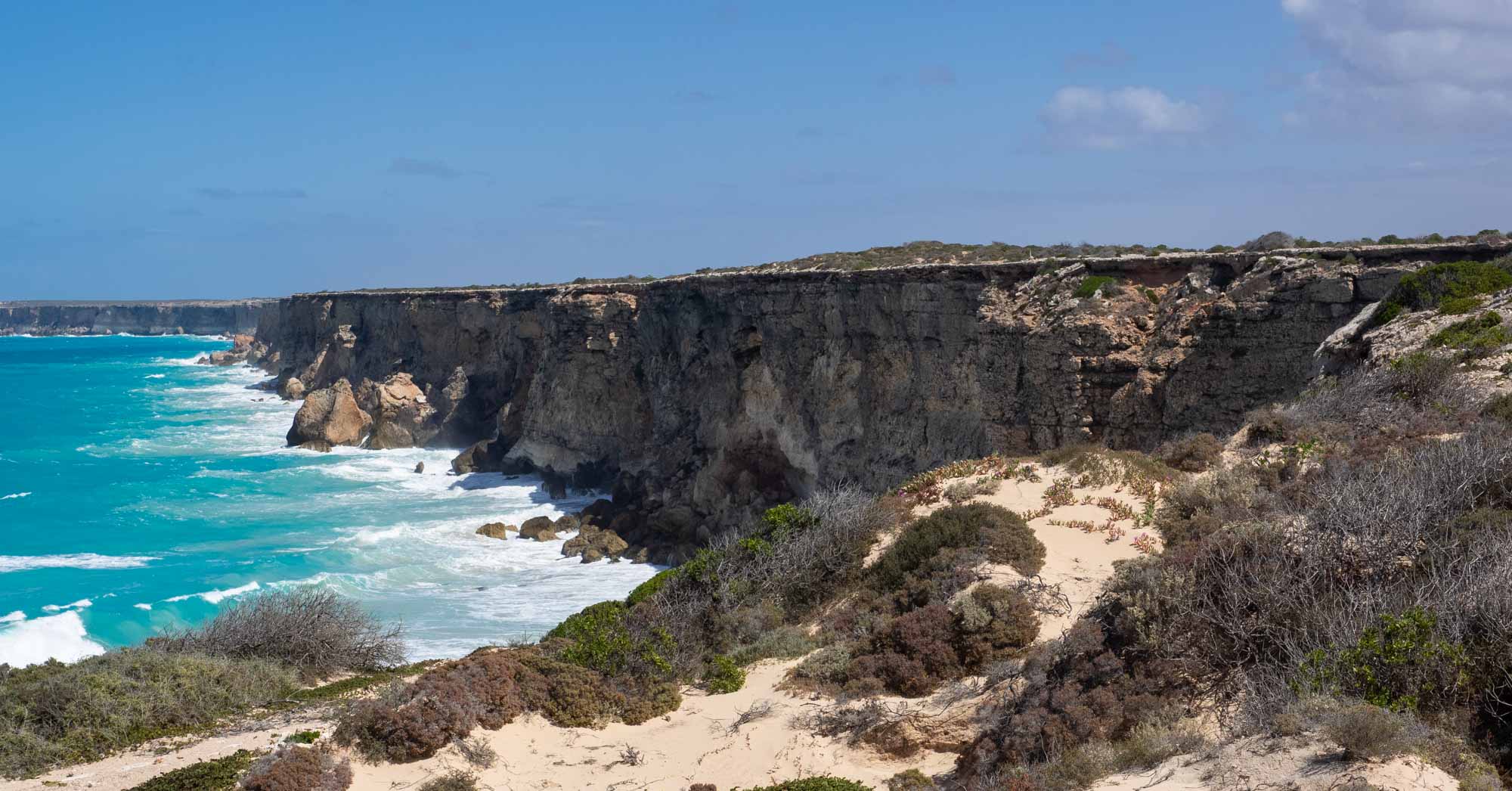
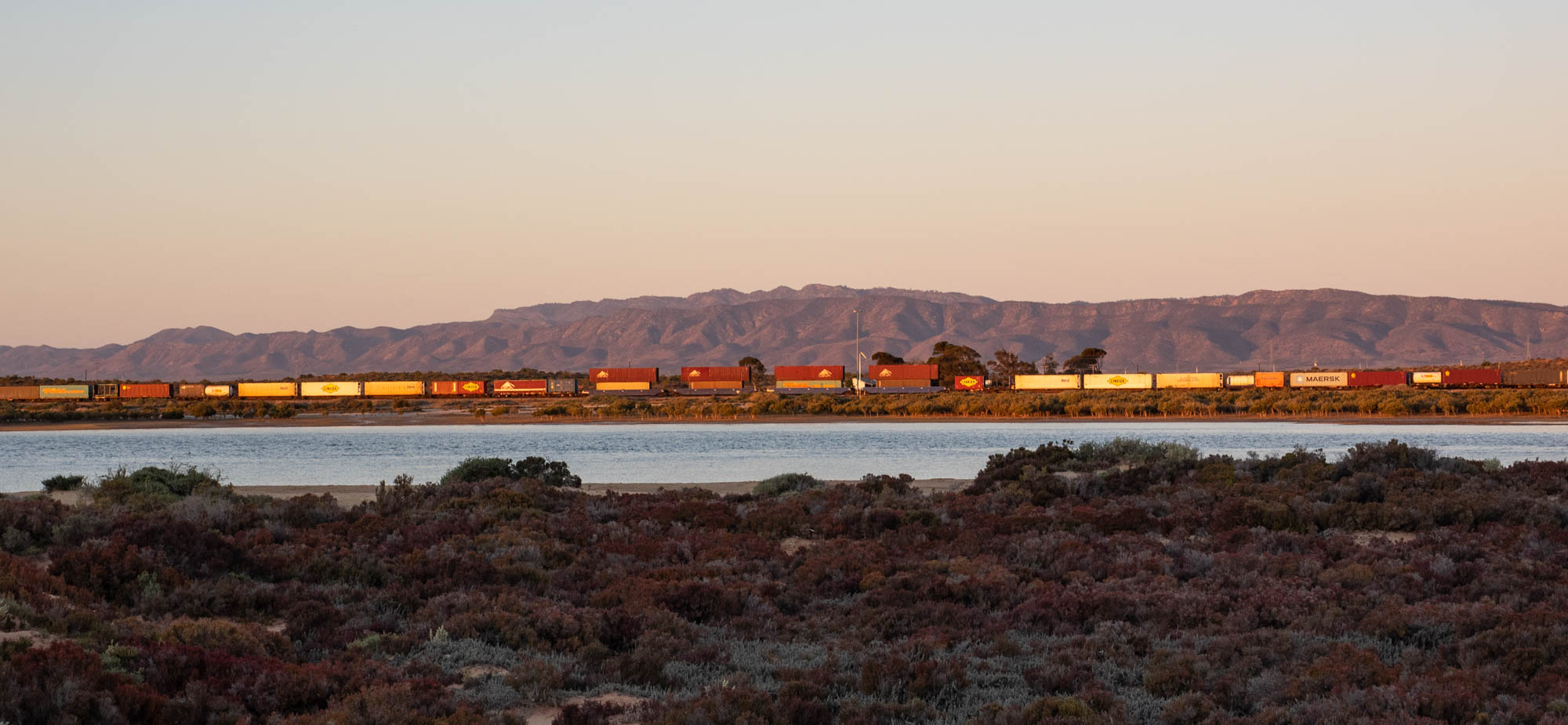
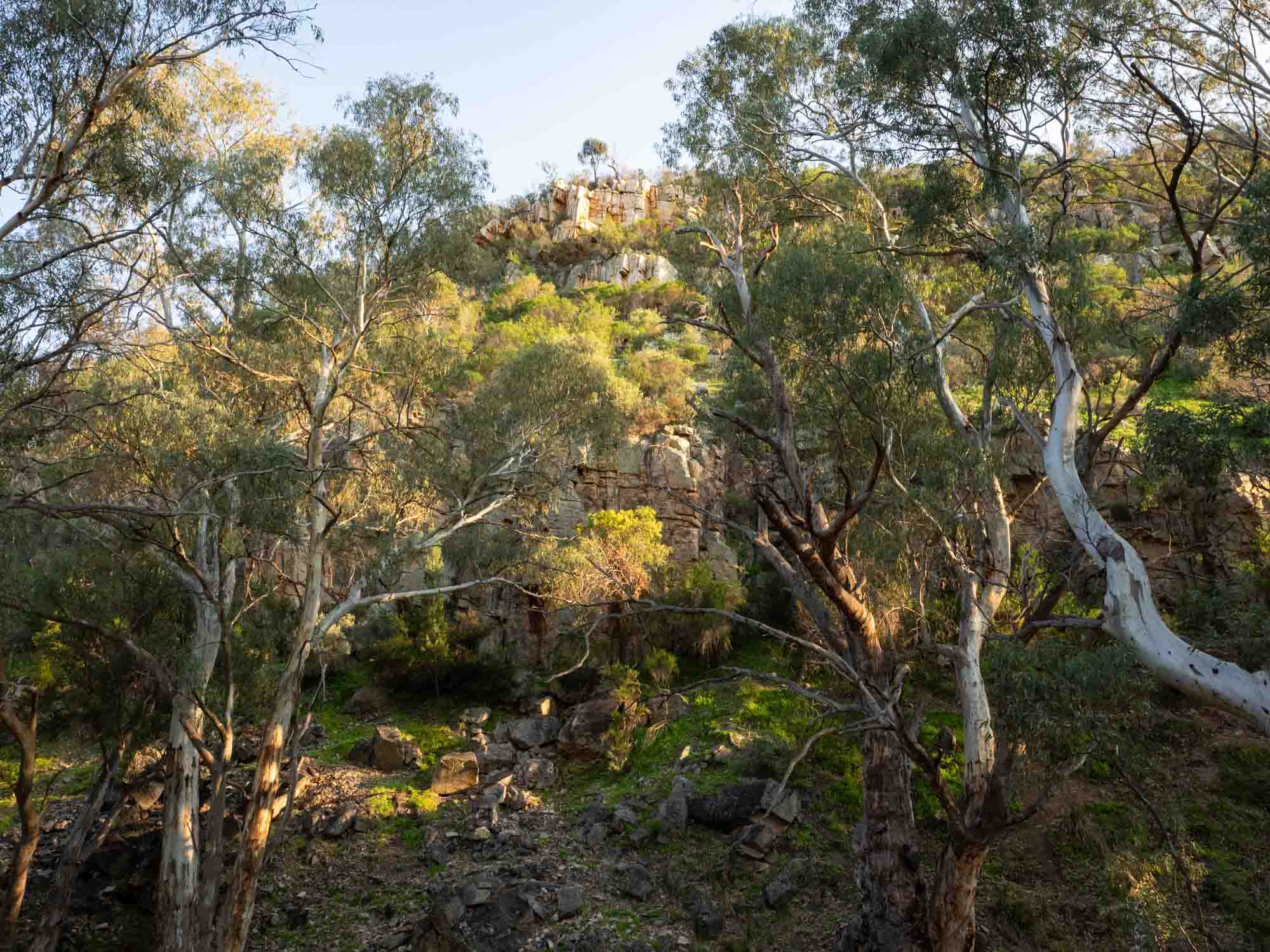



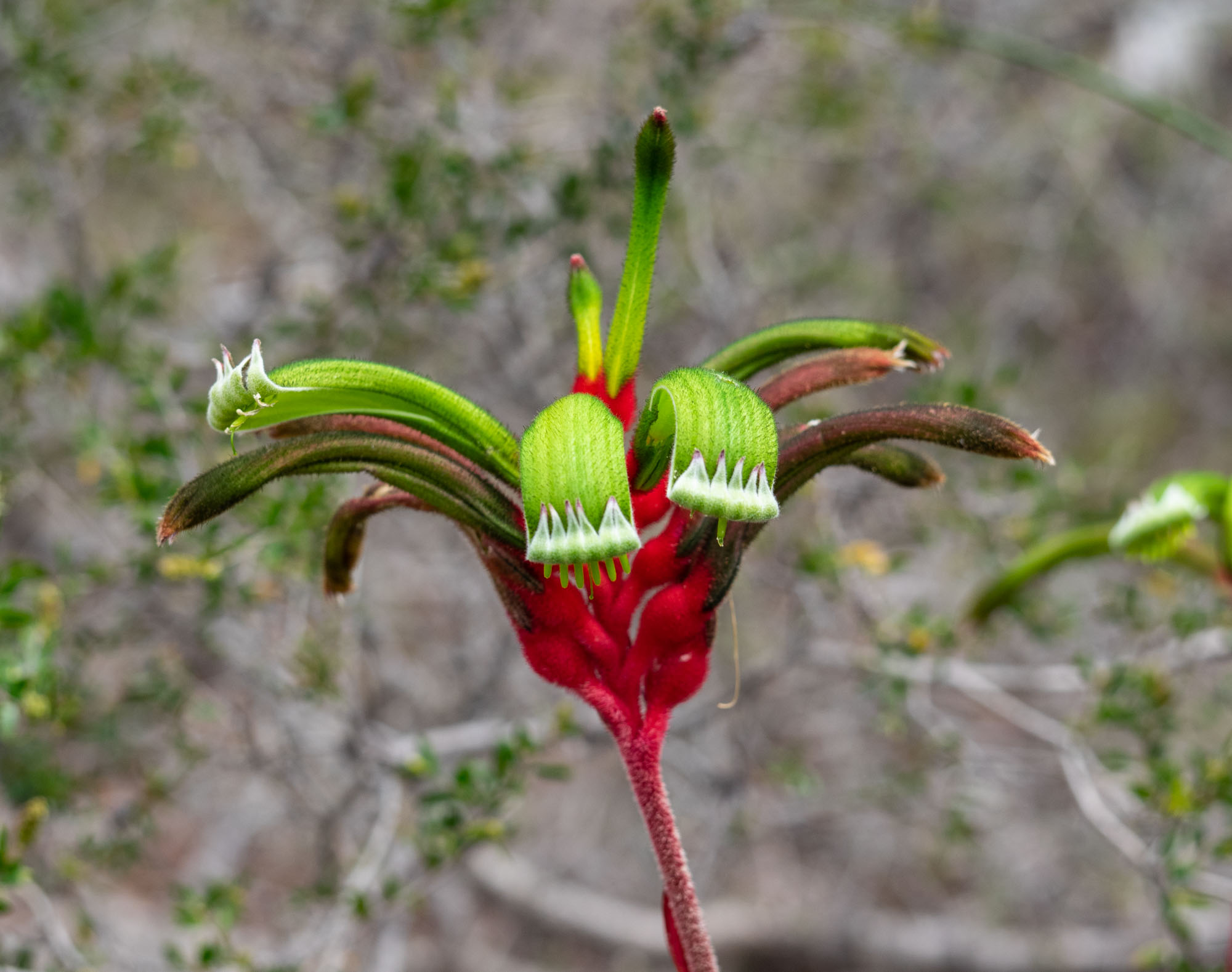
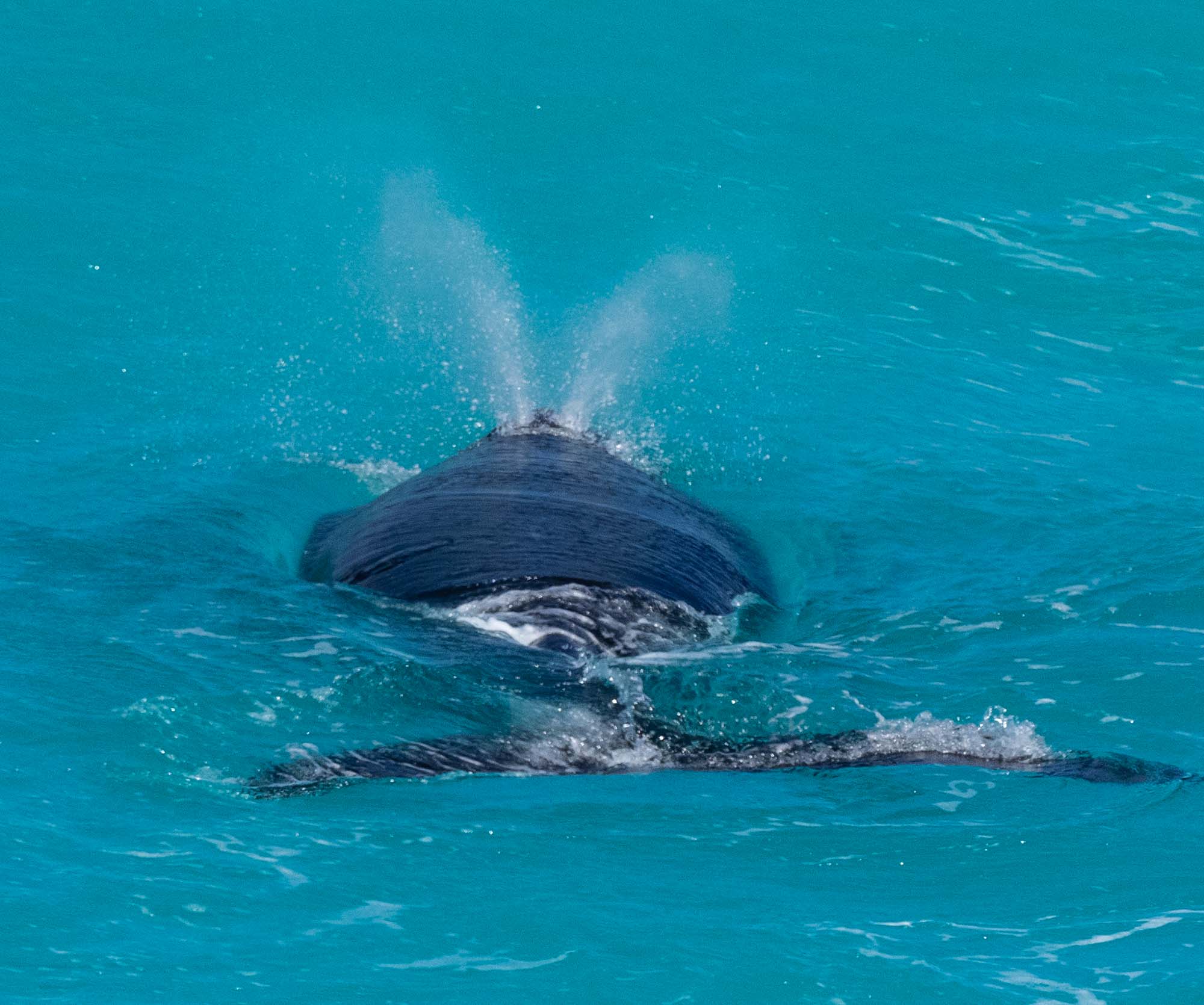
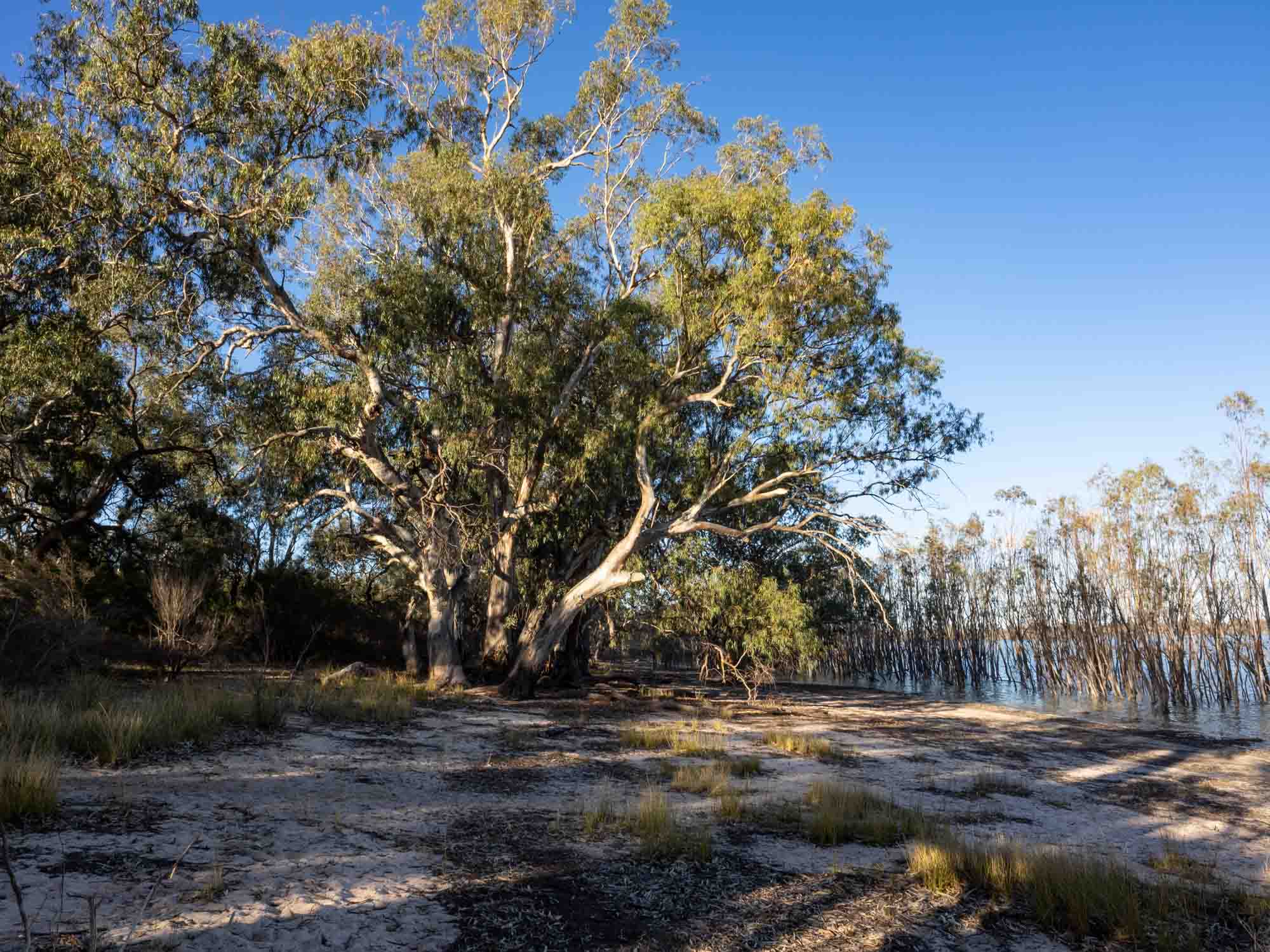
31st October - 4th November: my final post, as we head towards Melbourne.